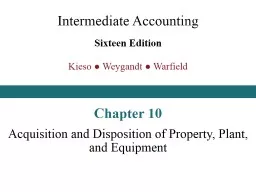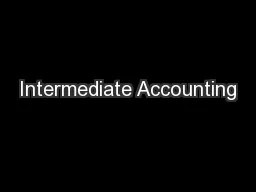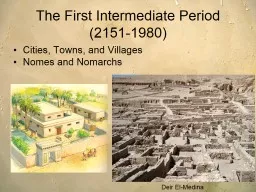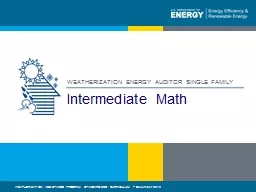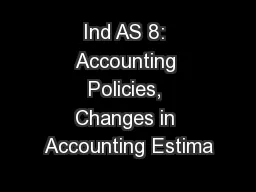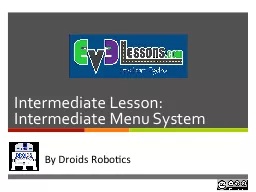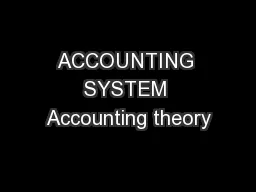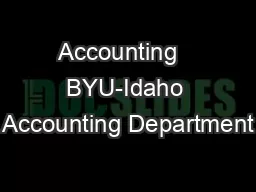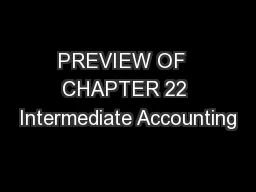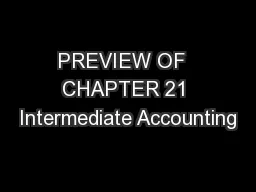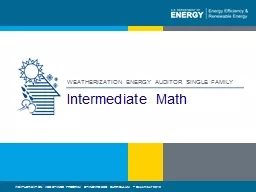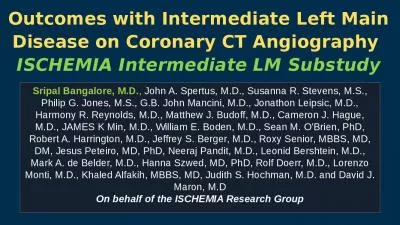PPT-Intermediate Accounting Seventeenth Edition
Author : pamella-moone | Published Date : 2020-04-06
Kieso Weygandt Warfield Chapter 10 Acquisition and Disposition of Property Plant and Equipment This slide deck contains animations Please disable animations if
Presentation Embed Code
Download Presentation
Download Presentation The PPT/PDF document " Intermediate Accounting Seventeenth Edi..." is the property of its rightful owner. Permission is granted to download and print the materials on this website for personal, non-commercial use only, and to display it on your personal computer provided you do not modify the materials and that you retain all copyright notices contained in the materials. By downloading content from our website, you accept the terms of this agreement.
Intermediate Accounting Seventeenth Edition: Transcript
Download Rules Of Document
" Intermediate Accounting Seventeenth Edition"The content belongs to its owner. You may download and print it for personal use, without modification, and keep all copyright notices. By downloading, you agree to these terms.
Related Documents

